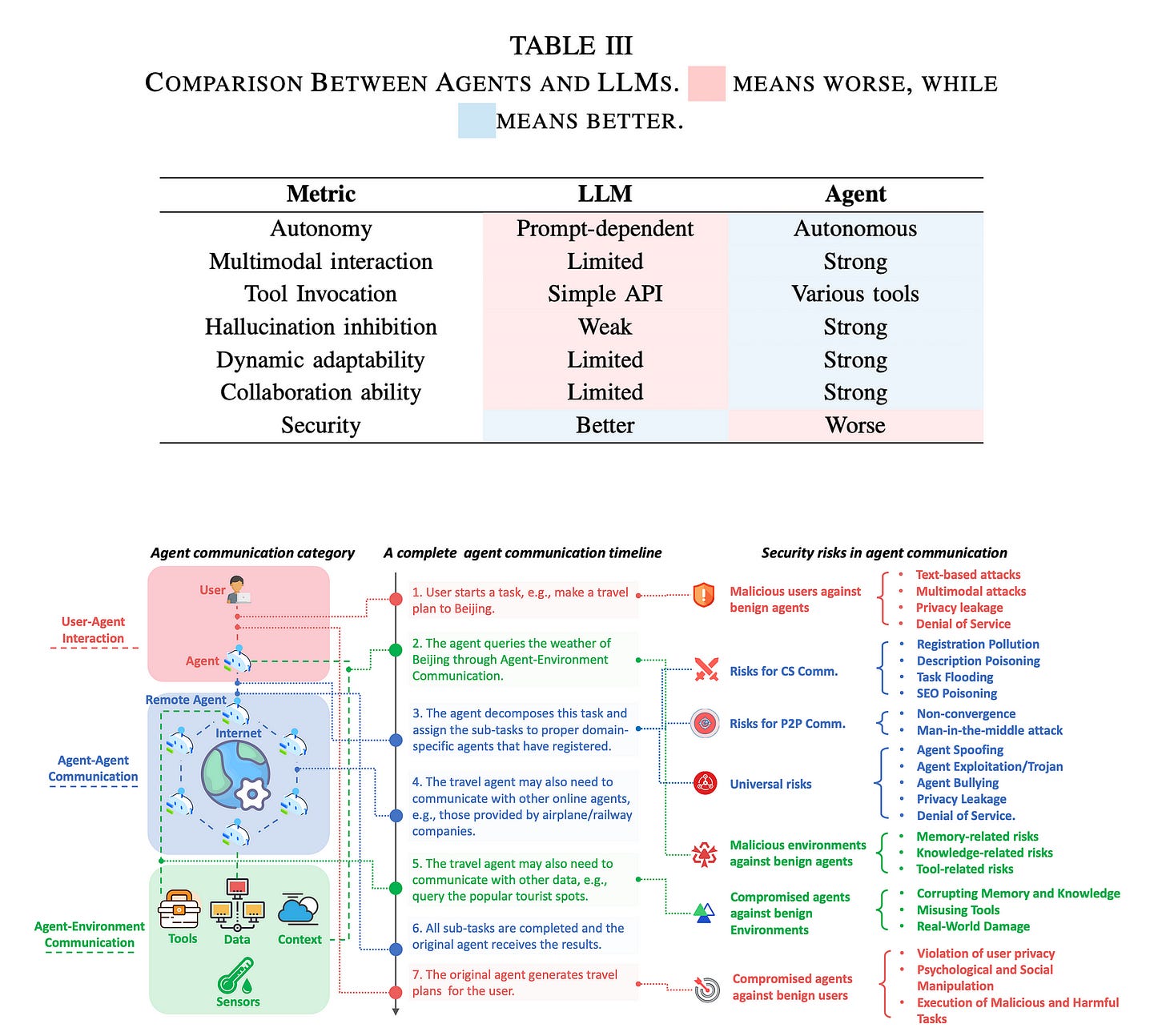From AI-Centric User to User-Centric AI
We are living through a time where AI is starting to reshape how we work, decide & interact.
But, the current AI landscape often puts the burden on users to adapt to its limitations.
AI-Centric Users, whereby humans do the heavy lift of adjusting to inflexible AI.
This “AI-Centric User” paradigm — where humans bend over backward to coax value from inflexible AI systems — is holding us back.
But “User-Centric AI” is where the AI becomes an invisible, adaptive partner that moulds itself to human needs, workflows and goals.
User-Centric AI, where AI adapts seamlessly to human needs, workflows & goals, becoming an intuitive, invisible partner.
The AI-Centric User Trap
Today, nearly eight in ten companies use generative AI to some degree, yet the same number report no significant bottom-line impact — a phenomenon dubbed the “Gen AI paradox” by McKinsey.
Why?
Because the current approach demands that users do the heavy lifting.
User-Centric AI empowers users rather than dictating their actions.
Employees must learn to craft precise prompts, navigate AI interfaces and format outputs that often miss the mark for specialised tasks.
This AI-Centric User model assumes AI is the ultimate repository of value, limited only by the user’s ability to extract it.
For example, enterprise users often need to rephrase queries multiple times to get useful responses, or they find that general-purpose AI models fail to align with their specific workflows or expertise.
This undermines the promise of AI as a productivity booster.
The focus has been on building ever-more-powerful AI, with less attention paid to what users actually need — a system that understands their
context,
anticipates their goals, and
integrates seamlessly into their processes.
AI Agents offer a way to break out of the Gen AI paradox.
That’s because agents have the potential to automate complex business processes — combining autonomy, planning, memory & integration — to shift Gen AI from a reactive tool to a proactive, goal-driven virtual collaborator.
~ Mckinsey
User-Centric AI
Instead of forcing humans to adapt to AI, it demands that AI adapt to humans.
This means AI that’s intuitive, invisible when it needs to be & deeply integrated into the user’s world.
In enterprises, where decision-making is complex and accountability is high, this shift is essential.
Imagine an AI that doesn’t require you to master its quirks but instead learns your preferences, anticipates your next steps, and respects your privacy.
This is the essence of User-Centric AI, a proactive, goal-driven collaborator that empowers users rather than dictating their workflow.
The main challenge won’t be technical — it will be human. ~ Mckinsey
Value of Getting It Right
Enterprises thrive on decision-making, yet, current AI often falls short in these areas because it lacks the foresight and flexibility to handle the nuances of human judgment, subjectivity and context.
User-Centric AI, delivered through specialised AI Agents, addresses these gaps.
AI Agents are designed to handle specific tasks within a user’s workflow, collaborating with each other and the user to achieve goals.
They’re governed by principles like
process-orientation,
forward-thinking, and
privacy preservation.
I must note that security risks for AI Agents is under explored and requires some attention.
The future of AI isn’t about humans serving technology — it’s about technology serving humans.
Overcoming The Human Challenge
McKinsey notes that the biggest hurdle to scaling AI isn’t technical — it’s human.
Earning trust, improving adoption and governance are critical to making User-Centric AI a reality.
Users need to feel in control, confident that AI respects their agency and delivers reliable results.
This requires a cultural shift within organisations, moving from scattered AI experiments to strategic, cross-functional programs that prioritise user needs.
The Path Forward
The transition to User-Centric AI won’t happen overnight, and I’m not sure what shape the transition will take exactly.
For starters, enterprises must rethink their AI strategies, focusing on agentic workflows over isolated use cases. Cross-functional teams integrating AI seamlessly.
Platforms should prioritise user agency, offering tools that are flexible, transparent and responsive to feedback.
And developers must design AI that anticipates user needs, respects privacy and integrates with existing processes without demanding users overhaul their approach.
User-Centric AI will move us beyond the Gen AI paradox and build a world where AI is invisible, amplifying creativity, productivity and decision-making.
Chief Evangelist @ Kore.ai | I’m passionate about exploring the intersection of AI and language. From Language Models, AI Agents to Agentic Applications, Development Frameworks & Data-Centric Productivity Tools, I share insights and ideas on how these technologies are shaping the future.







